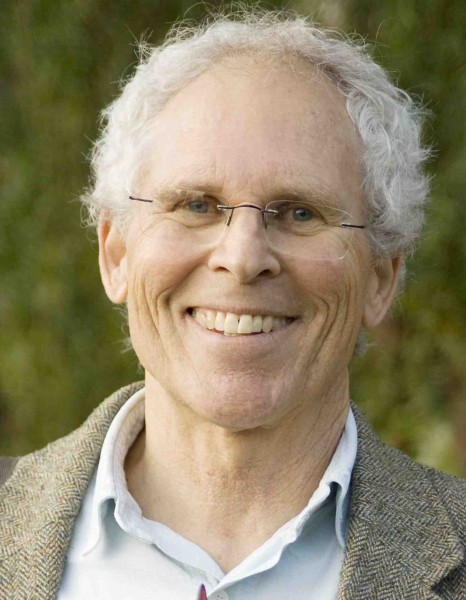Electrifying! Don’t You Think?

Thank you, Arnold Schwarzenegger. Thank you, Jerry Brown. Thank you, Kevin De León. Thank you, Gavin Newsom. Most of all, thank you, California. Council’s unanimous vote on June 27 to go forward with action on the Fleet Electrification and Electric Vehicle Charging Infrastructure Master Plan was made possible by these climate leaders of a state–our state–they catapulted to the forefront of addressing climate change.
Offering a blizzard of statistics, engineer Sam Pournazeri, PhD, Director of Clean Transportation and Energy for the global consulting firm ICF, employed graphs, charts, and narrative to make a fact-laden case at the Council meeting for the economic and environmental benefits of electrifying City transportation in Laguna. Why the focus on transportation? Because in 2018, 51 percent of the City’s GHG emissions were traced to vehicles and our transit fleet. The Master Plan aims to fix that.
My takeaway: the internal combustion engine will become increasingly obsolete until its virtual extinction here. No way? Next time you drive through town, count the number of Teslas you see. I’ve been doing this for nearly ten years and assure you the numbers have gone steadily and rapidly up, as have the number of homes with rooftop solar panels and home chargers to power these “computers on wheels.”
In short, the market has spoken, and the electrification of transportation–with its host of vexing issues of range, cost, and infrastructure–is happening from the Bay Area down to San Diego. Not even red state Texas will remain an outlier as California transplant, and now Lone Star State resident Elon Musk is seeing to that.
So, a major transition from internal combustion engine-powered vehicles to electric-powered ones is happening. And this is none too soon given the wildfire smoke choking hundreds of millions of Americans in the East, the broiling of Texans under triple-digit temperatures, ravaging tornados, and rising sea levels worldwide. In addition to the ever-growing market for clean vehicles and climate impacts, a key driver of this transition in transportation was passage in 2018 of Senate Bill 100, championed by Kevin De León. That landmark measure requires California to use renewable and zero-carbon energy and supply 100 percent of electric retail sales to customers by 2045. Like Schwarzenegger’s 2006 Global Warming Solutions Act, SB 100’s mandates are becoming the gold standard for state and local governments nationwide that recognize business as usual is not a safe option for their populations.
What does the cost-benefit picture of this transition in Laguna Beach look like? Naturally, there’s a price tag. Admittedly, my head spun with numbers when Pournazeri spoke, but I did see on one of his charts that the city would need to pay $813,000 for recommended charging stations. Add to that $1.8 million to transition to so-called Hometown Villager electric trolleys. These costs would be largely offset by $1.1 million in city’s savings resulting from operating electric vehicles and receiving state and federal grants.
What would these expenditures buy us environmentally? Pournazeri answered:
- More than 12,000 metric tons of GHG emissions would be avoided, equivalent to taking 2,500 passenger vehicles off the road for a year.
- More than 30,000 pounds of nitrous oxide emissions would be prevented.
- A big step toward sustainable transportation would be taken.
Councilmembers exercised due diligence in asking questions of staff and Pournazeri. George Weiss asked about selling our old trolleys to recover some of the transition costs. Also, he commented on the complexity of the transition. Sue Kempf asked about the advisability of leasing rather than buying electric trolleys. Alex Rounaghi asked about the feasibility of providing charging stations in public parking lots.
At the end of the lively discussion on the Master Plan, all councilmembers expressed their admiration for its thoroughness and promise. I was taken by Rounaghi’s closing words that it’s time to move beyond studying to action. He wants Laguna to be a leader among Orange County cities in making this historic shift to clean, sustainable transportation. I could not agree more.
Tom Osborne is an environmental historian. With his wife, Ginger, he co-leads the Laguna Chapter of Citizens’ Climate Lobby. You can email Tom at [email protected].




